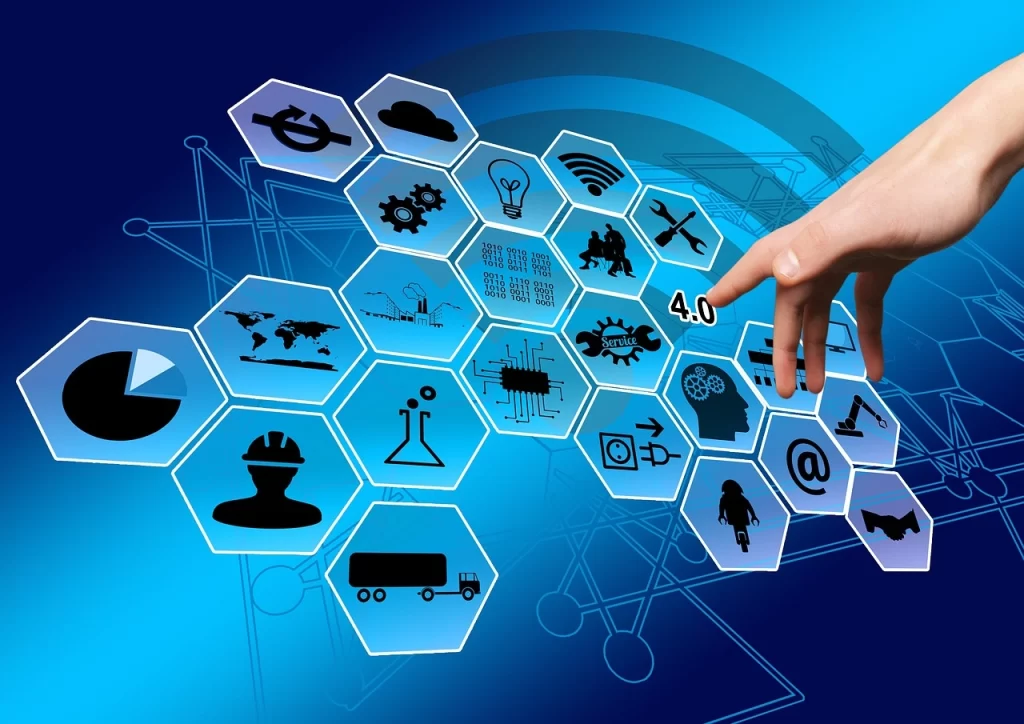Introduction
In today’s fast-paced world, information technology (IT) has become the digital backbone of our society. From businesses to personal life, IT plays a crucial role in connecting people, storing and managing data, and facilitating communication. This blog post aims to guide tech enthusiasts and IT professionals through the essentials of information technology, its components, and its impact on modern life. Whether you’re a seasoned IT professional or someone who’s just starting to explore the fascinating world of technology, you’ll find valuable insights and practical tips to enhance your understanding.
Understanding Information Technology
What is Information Technology?
Information technology, often abbreviated as IT, involves the use of computers and telecommunications to store, retrieve, transmit, and manipulate data. It encompasses a wide range of technologies, including hardware, software, networks, and databases. In essence, IT is the backbone of modern businesses and personal life, driving efficiency, innovation, and communication.
The Evolution of IT

The evolution of IT has been nothing short of remarkable. From the early days of computing with room-sized mainframes to the current era of cloud computing and artificial intelligence, IT has continuously transformed. The digital revolution began in the mid-20th century, and since then, we’ve witnessed exponential growth in computing power, data storage, and connectivity. This evolution has paved the way for innovations such as smartphones, the internet, and smart home devices.
The Importance of IT in Modern Society
The importance of IT cannot be overstated. It is the foundation upon which businesses operate, governments function, and individuals connect. IT enables seamless communication, efficient data management, and automation of tasks, making it indispensable in our daily lives. In the business world, IT drives competitiveness, customer engagement, and operational efficiency. For individuals, it enhances convenience, entertainment, and access to information.
Components of Information Technology
Hardware
Hardware refers to the physical components of a computer system. These include devices like computers, servers, routers, and storage devices. Hardware forms the tangible part of IT infrastructure, and its performance directly affects the efficiency and reliability of IT systems. Modern hardware innovations, such as solid-state drives (SSDs) and high-performance processors, have significantly improved computing capabilities.
Software
Software is the intangible counterpart to hardware, consisting of programs and applications that run on computer systems. Software can be categorized into two main types: system software and application software. System software includes operating systems like Windows and macOS, while application software encompasses programs like Microsoft Office and Adobe Photoshop. Software development is a dynamic field, continually evolving to meet the changing needs of users and businesses.
Networks
Networks are the connective tissue of IT, enabling communication and data exchange between devices. A network can be as simple as a home Wi-Fi setup or as complex as a global corporate network. Key components of networks include routers, switches, and firewalls. Networks facilitate collaboration, resource sharing, and access to the internet, making them essential for both personal and business use.
Databases
Databases are structured collections of data that are managed by database management systems (DBMS). They play a critical role in storing and organizing information, allowing for efficient retrieval and manipulation. Popular database management systems include MySQL, Oracle, and Microsoft SQL Server. Databases are used in various applications, from e-commerce websites to enterprise resource planning (ERP) systems.
The Role of IT in Business

Enhancing Operational Efficiency
IT significantly enhances operational efficiency in businesses. Automation of repetitive tasks, streamlined communication, and data-driven decision-making are just a few ways IT contributes to efficiency. For instance, enterprise resource planning (ERP) systems integrate various business processes, improving coordination and reducing redundancies. Additionally, IT solutions like customer relationship management (CRM) systems help businesses manage customer interactions more effectively.
Driving Innovation
Innovation thrives in an environment fueled by IT. Businesses leverage IT to develop new products, services, and business models. For example, e-commerce platforms like Amazon have revolutionized retail by providing a convenient online shopping experience. Similarly, fintech companies use IT to offer innovative financial services, such as digital wallets and blockchain-based transactions. IT empowers businesses to stay competitive in a rapidly changing market.
Improving Customer Experience
Customer experience is a key differentiator in today’s business landscape, and IT plays a pivotal role in enhancing it. Personalization, quick response times, and seamless interactions are made possible through IT solutions. Chatbots, powered by artificial intelligence, provide instant customer support, while data analytics helps businesses understand customer preferences and tailor their offerings accordingly. A positive customer experience fosters loyalty and drives business growth.
IT Trends Shaping the Future
Artificial Intelligence and Machine Learning

Artificial intelligence (AI) and machine learning (ML) are transforming various industries by enabling machines to learn from data and perform tasks that typically require human intelligence. AI applications range from natural language processing (NLP) to autonomous vehicles. Businesses use AI to gain insights from large datasets, automate processes, and enhance customer interactions. The integration of AI and ML into IT systems is driving innovation and efficiency.
Cloud Computing
Cloud computing has revolutionized the way businesses manage their IT infrastructure. Instead of relying on on-premises servers, organizations can now access computing resources over the internet. Cloud services, offered by providers like Amazon Web Services (AWS) and Microsoft Azure, offer scalability, flexibility, and cost-efficiency. Businesses can quickly scale their operations, reduce capital expenditure, and access a wide range of services, from data storage to machine learning.
Cybersecurity
With the increasing reliance on IT, cybersecurity has become a top priority for businesses and individuals alike. Cyber threats, such as data breaches and ransomware attacks, pose significant risks to sensitive information and operational continuity. IT professionals employ various strategies, including encryption, firewalls, and multi-factor authentication, to protect systems and data. Staying vigilant and adopting best practices in cybersecurity is essential in today’s digital landscape.
Information technology is the digital backbone of our modern world, driving efficiency, innovation, and connectivity. From enhancing operational efficiency in businesses to improving customer experiences, IT’s impact is profound and far-reaching. As we look to the future, emerging trends like artificial intelligence, cloud computing, and cybersecurity will continue to shape the IT landscape, offering new opportunities and challenges.
For tech enthusiasts and IT professionals, staying informed and adaptable is key to thriving in this dynamic field. Whether you’re looking to enhance your skills, explore new technologies, or drive innovation in your organization, the world of IT offers endless possibilities.
Ready to take your IT knowledge to the next level? Stay tuned for more insights and resources, and explore how you can leverage information technology to drive success in your personal and professional endeavors.








